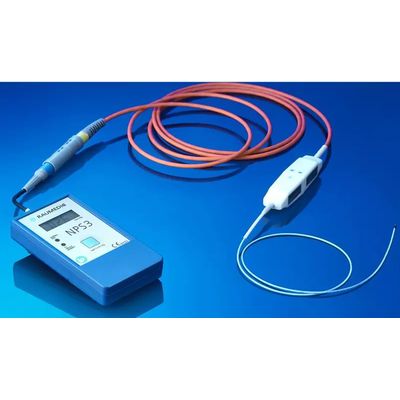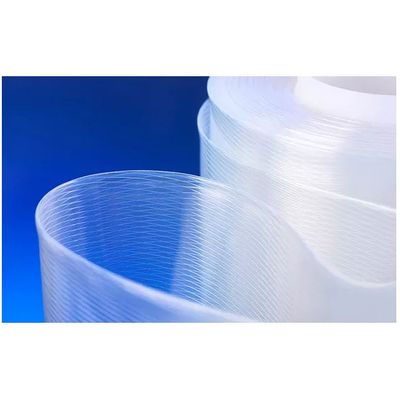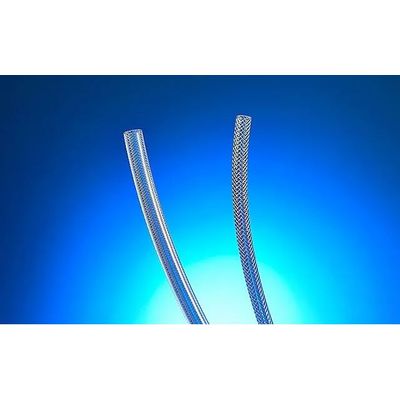

- Home
- Companies
- Raumedic AG
- Products
Raumedic AG products
Material Expertise
RAUMEDIC - Alternative Plasticizer Solutions
An important corner stone is laid with the selection of the optimal plasticizer for your application. We would be glad to offer our expertise to help you make your choice.
Neuromonitoring
RAUMEDIC - Compartment Syndrome
The compartment syndrome is a dysfunction of the blood circulation in the muscle compartments. A muscle compartment consists of several functionally joined muscle groups that are enclosed by a membrane made of firm connective tissue (muscle fascia). Inside the compartment there are also blood vessels and nerves. Since the muscle fascia is not very flexible, a swelling inside the muscle compartments caused by lack of space will lead to increased tissue pressure in the compartment so that nerves and blood vessels are constricted. The result of the compartment syndrome is an undersupply of oxygen in the muscles.
Technologies - Extrusion
Raumedic - Lay-Flat Tubing for Infusion & Nutrition Bags
Clean by design. Easy to use. Customized. RAUMEDIC lay-flat tubing is exclusively manufactured of non-PVC materials that are suited to biomedical applications. Our standard material is ethylene vinyl acetate copolymer (EVA, Ph. Eur. 3.1.7.), which is known for its high chemical inertness. Containers made of EVA are ideal for high-quality primary packaging solutions such as infusion and feeding bags for enteral and parenteral nutrition (TPN, IV nutrition feeding).
Raumedic - Micro Tubing
We Extrude Tubing in Smallest Sizes: Thanks to micro extrusion we are able to provide you with customized micro tubing. In this process it is possible to achieve size ranges of only 0.1 mm (100 microns) interior diameter and a wall thickness of approximately 0.05 mm (50 microns). Micro extruded tubing such as micro catheters and peripheral intravenous cannulas are applied in micro-fluidics, in paediatrics as well as in micro-analytics.
Raumedic - Medical High-Pressure Tubing
Safety and flexibility in angiography thanks to high-pressure tubing. In angiography, blood vessels are made visible by means of X-rays (CT) or magnetic resonance (MRI). To identify even the smallest ramifications of the blood vessels, a contrast agent is required which is injected into the body with high pressure via the tubes. During the application, the high-pressure tubing must withstand the forceful injection reliably, while remaining kink-free and flexible. This is the only way to safely diagnose pathological changes such as circulatory disorders and vascular occlusions.



